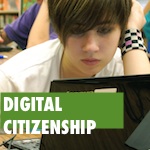Schools are committed to bringing anti-racism into curricula and systems more than ever before. Even in predominantly white schools there appears to be a growing acknowledgment that anti-racist education is crucial for all students.
Big changes seem to be underfoot. And that’s a wonderful thing.
But there will be pushback. White fragility and white rage will ensure a range of resistance to anti-racism. Some of it will be coded and couched in other concerns. But some of it will come in the form of violent, ugly, and harmful backlash.
We need to be ready.
For educators, whose first priority is their students, we need to have a plan for students who struggle to incorporate anti-racism into their current worldview.
For those students caught in the middle of the inevitable backlash, we need to be ready to provide support. What might a system of intervention look like for anti-racist education?
Systematic support for anti-racist teaching and learning
Let’s start with the premise that our goal is for students to be active citizens in our pluralistic democracy. And that in order to do that, they need to understand anti-democratic systems, starting with racism. This is so they can analyze, navigate, and transform our currently imperfect system for a more just and democratic future.
A widespread concern in Vermont, and central to this blog post, are our anti-racism goals for white students. In her book Raising White Kids: Bringing Up Children in a Racially Unjust America, Jennifer Harvey draws on the work of racial identity scholars Janet Helms and Beverly Daniel Tatum, both Black women, to define “healthy white kids” as anti-racists.
“A healthy white identity is nurtured through experiencing the growth, freedom, and power that comes from taking anti-racist stances and learning to negotiate different racial spaces.”
With the goals clear, what would it take?
To help students become anti-racist democratic citizens, we need to mobilize such systems and strategies as:
- Curriculum that includes identity work, people-centered history, systems analysis, and tons of transferable skills. Something based on the Teaching Tolerance Social Justice Standards, for example.
- Professional learning on the above content. This is especially important for teachers who will center this content in their classrooms (social studies, history, humanities). But really all teachers will need to learn much of this because it impacts how they approach the world.
- Professional learning on student-centered, asset-based teaching methods. Such as Gloria Ladson Billings’ Culturally Responsive Pedagogy. For white teachers in particular, this would include reflection on their racial autobiographies, a deep dive into their social identities, and constant examination of their biases and impacts.
- System changes including discipline policies, dress codes, diverse representation in the halls and literature, honoring student voice and agency, etc. Students learn from what they observe and experience.
- Engagement with the community in new and deeper ways. Many families will have powerful assets to bring to this work. Some of them are the same families that may have felt alienated or been marginalized by school practices in the past. And other families will be resistant, overtly and covertly.
This last point brings us to our present focus.
In a predominantly white state and school system like Vermont, we will have a lot of white families, white students, and white-ness to consider. If we are teaching about anti-racism we are going to need a serious system of intervention.
White children
If students are going to learn about anti-racism, they will have a lot of unlearning to do, too. They will hear contradictory stuff at home and from the world around them via every type of media (social media, news, music, magazines, radio, etc).
White students in particular are unlikely to have encountered sophisticated thinking about race at home. In the article What White Children Need to Know About Race, Ali Michael and Elenora Bartoli noted that
“The research suggests that for fear of perpetuating racial misunderstandings, being seen as a racist, making children feel badly, or simply not knowing what to say, many white parents tend to believe that there is never a right time to initiate a conversation about race.”
If families don’t teach their kids about race, society will.
As Jennifer Harvey put it,
“White children are living in a society that is racially hierarchical, divided, and unjust. It seeks to draw white people into collusion with hierarchy and injustice every step of the way” (p. 100).
Put together the tendency for families to avoid talking about race with the damaging messages of society? We can start to see why we are where we are. When we consider how and what white people learn about race? It’s clear that we have a lot of work to do.
What we are up against
The excellent Talking about Race portal by the National Museum for African-American History and Culture (NMAAHC) lays out some useful definitions. In the section of the site on whiteness, they define the following terms:
- White-dominant culture: “How white people and their practices, beliefs, and culture have been normalized over time and are now considered standard in the United States.”
- Internalized dominance: “Describes the experience and attitudes of those who are members of the dominant, privileged, or powerful identity groups. Members of the [dominant] group accept their group’s socially superior status as normal and deserved.”
- White supremacy: “An ideology where white people are believed to be superior to nonwhite people.”
So for white children there is a cycle where they are raised in white-dominant culture which socializes internalized dominance and ultimately upholds white supremacy ideology. And that bestows benefits on white people, thus reinforcing white dominant culture. The cycle keeps chugging along.
In a future where anti-racist education is widespread, all students will deal with the contrasts between anti-racism and white-dominant culture.
And this is why we will need to think carefully about intervention.
White students will be struggling to counteract their internalized dominance. And this is a particular problem we have to account for in the intervention model.
Plus, for a small set of white students, that internalized dominance will be especially extreme. These are the students where white supremacy is *explicitly* part of their home environments. Where a loving caregiver espouses white supremacist ideology, for example.
There is a danger that without strategies and systems in place, these students may be pushed harder toward white supremacy. Which underscores the importance of this work. Schools may be the only chance for intervening in a life course based on white supremacist beliefs and actions, harmful to them and potentially ruinous or deadly to others.
The stakes are that high.
We have literacy support, math support, executive functioning support – all critically important. Yet without adding a layer of support around this work, I worry.
— Christie Nold (@ChristieNold) January 24, 2020
The Multi-Tiered Racial Equity Support System
Schools have systems in place to support students who are struggling with math, literacy, or behavior. Schools often call them multi-tiered systems of support (MTSS). This is based on the premise that students receive different intensities of support based on their needs.
What if our goal was a healthy relationship to race?
Based on the work of racial identity development scholars such as Janet Helms and Beverly Daniel Tatum, Jennifer Harvey envisioned the end goal this way: “A healthy white identity is nurtured through experiencing the growth, freedom, and power that comes from taking anti-racist stances and learning to negotiate different racial spaces.”
So what would a multi-tiered system of support (MTSS) look like to help develop anti-racist students with healthy white identity?
Christie Nold, 6th grade social studies teacher Frederick H. Tuttle Middle School, imagined how anti-racist teaching might map onto a MTSS model:
“Tier 1 is what everybody gets in classroom instruction. I have a long way to go in my practice to make it true. Responsive, relevant, and sustaining pedagogy for all students. That’s the goal for Tier 1.
Tier 2 for me is collecting formative data throughout instruction, what higher level instruction for groups of students who are grappling with certain aspects of identity or with learning in a pluralistic society. I imagine in Vermont this is particularly important because not all students are getting natural exposure because I imagine many of them live fairly segregated lives.
To me the Tier 3 level is who are those students who are showing red flags and pushing back against Tier 1 and 2 instruction.”
Here’s a visual of a pyramid model of multi-tiered systems of support for anti-racist education:
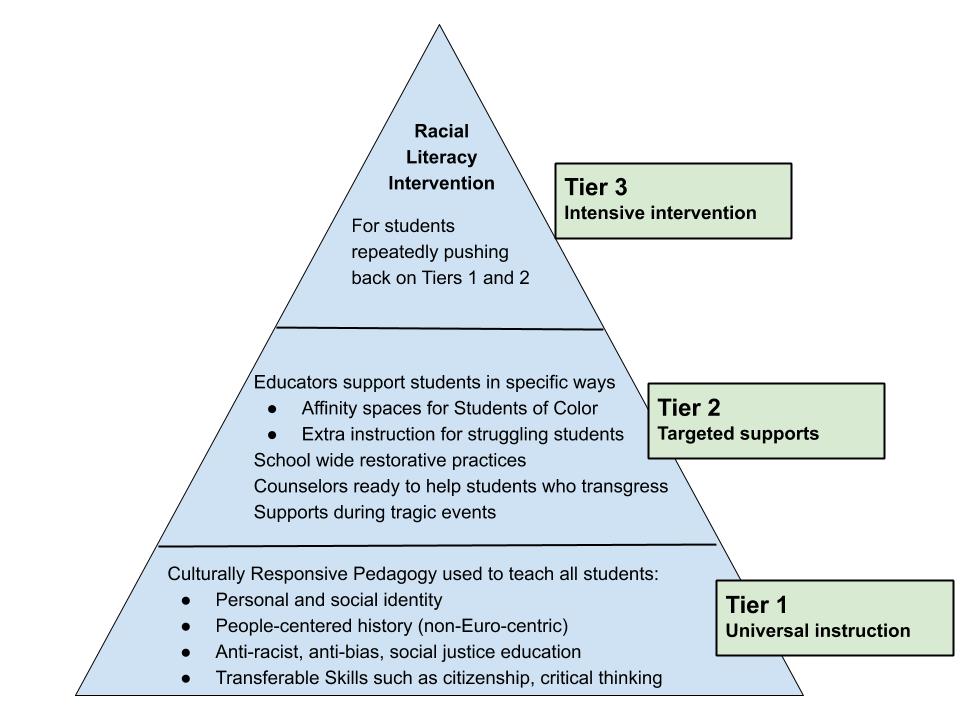
Tier 1: Universal Instruction
Culturally Responsive Pedagogy used to teach all students:
- Personal and social identity
- Non-Euro-centric history
- Anti-racist, anti-bias, social justice education
- Transferable Skills such as critical thinking, citizenship
Tier 2: Targeted Supports
- Educators support students in specific ways:
- Affinity spaces for Students Of Color
- Extra instruction for struggling students
- School-wide Restorative Practices
- Counselors ready to help students who transgress
- Supports during tragic events
Tier 3: Intensive Intervention
- Racial Literacy Intervention
- For students repeatedly pushing back on Tier 1 and Tier 2 instruction
A couple of things to notice from the pyramid
First, as in a traditional MTSS system, the main emphasis is Tier 1. As Christie put it, “I wonder if students were getting high quality Tier 1 Culturally Sustainable Pedagogy from Pre-K on, we start to lose the need for Tier 2 and Tier 3.”
In contrast to math and literacy intervention, however, with anti-racism we will have schools swimming against the tide of the dominant culture in our society. Denial is the heartbeat of racism, to paraphrase Ibram X. Kendi. So students will be learning about things that many of their home families haven’t come to grips with.
Especially white students.
On this point, Christie referenced the example of recycling. She noted that it became standardized practice through schools. Students learned about it at school, went home, and shamed their parents into it. Perhaps adults could become enlightened about anti-racism and oppression through their kids.
Another difference with applying the Tier 2 concept to anti-racism: identity and social identity really matter here.
Students will “struggle” with Tier 1 very differently depending on their relationship to racism. For Students of Color, especially those in predominantly white institutions, Tier 1 anti-racist instruction is likely to trigger some of the trauma they’ve experienced living in a racist society. They will need “healing centered spaces,” as Christie calls them, such as a racial affinity group facilitated by a skillful mentor where they can process together.
When white students struggle with the ideas and skills of Tier 1 instruction, at times they may do so in a way that could be harmful to Students of Color. Consider a misconception such as the idea that it is post-racial to believe that “I don’t see color, I treat everybody the same.” This can be harmful because it invalidates the impact of race and racism. If a student clung stubbornly to this stance, a teacher could not allow it to enter class after class. The lived experience of Students of Color is not up for debate.
An example of Tier 2
Christie recounted one student who was struggling and whose comments during class were doing harm. “Luckily in this case I already had a strong relationship with the student and family, so when I contacted them we were able to work out a plan.” The plan involved the student writing down responses rather than objecting out loud when certain ideas surfaced. The student then decided whether to give the writing to Christie and whether he wanted feedback from her.
If the student was severely struggling to engage with a certain topic, or couldn’t contain what was likely to be harmful commentary, there was a plan in place to involve the school counselor.
Happily, Christie reported that the student made a lot of progress, and “came out on the other side.” She also noted that this kind of success was rare. Often there weren’t resources or receptive families available.
When Tier 2 doesn’t work
Christie shared that,
“Every year I can identify at least a few students who this is going up against something they have learned, something they have already built up walls about. They are being conditioned into white supremacy culture – in 6th grade there may be walls but often I can break them down in Tiers 1 and 2. But for some they have cemented too much. Two or three years later I hear ‘oh this student was involved in an incident,’ and I’m not surprised.”
These are not students who hold common misconceptions. They aren’t merely blundering as they grapple with complex concepts. Instead, they are students who are “pickling in white supremacy at home,” as Christie put it, drawing on a term used by her friend and mentor Shadiin Garcia. “They are hearing something very different from at least one caring adult in their life. It’s not their fault that they are confused – they are just kids.”
These students, typically white males, are in a tough spot. These are the type of students who Christie may expect to hear about later. She wondered aloud “What would a system look like to prevent the harm that student perpetuated? And also the harm they perpetuated on themselves? Because this system hurts everybody.”
How do we provide Tier 3 intervention for these high priority students?
Before we get to the how, let’s consider the who.
I brought in Netdahe Stoddard, a racial bias consultant from Cabot. His specialty is working w/white students who support the Confederate flag, as a self-avowed redneck.
We dreamed up a new cause: Rednecks for Racial Justice.
I want to live in a world to see this take off!
— Meg (@meg_b_allison) June 11, 2020
Meet a Racial Literacy Interventionist
Netdahe Stoddard lives in the Northeast Kingdom of Vermont, where he grew up. He describes himself as a “Vermont rednecky dude who makes a living with [his] hands.”
He has fought racism in all aspects of his life for as long as he can remember, and has been working with schools for the past few years. This work takes many forms but the place where Netdahe feels like he has the most impact is intervening with white boys who are doing harm through racist behaviors. “As a member of the in group I can help them disentangle the ugly racist parts from the beautiful things about being a redneck.”
He calls himself a Racial Literacy Interventionist, based on a term used by psychologist Howard Stevenson to describe the skills required to defuse stress caused by racism.
The system will surely be stressed if we are going to seriously take on racism in Vermont. We are going to need a lot more people in this role.
A success story
To illustrate how Netdahe operates and why who he is plays such an important role in the work, let’s dial back to a time before he worked in schools. Netdahe has worked for more than 20 years on job sites where mostly white men labored together to build, chainsaw, and dig whatever the job required. And one of his main rules was that “I won’t tolerate racism, sexism, homophobia, transphobia, or any of that sh*t on a job site.”
This has caused a certain amount of tension with some of his co-workers.
Which is why this random text last week, from an unknown number surprised Netdahe:
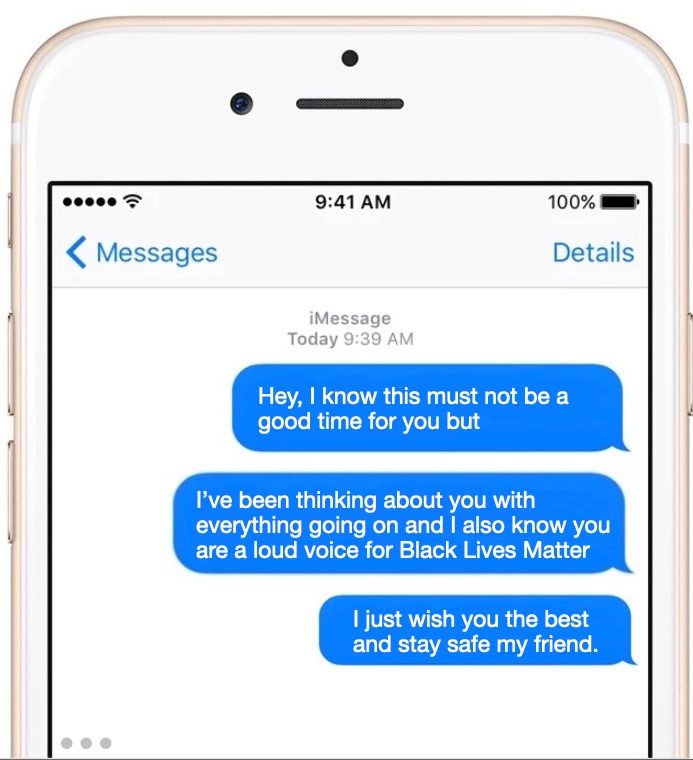
He called the number and sure enough it was a man that he had worked with years ago. They had clashed repeatedly as Netdahe called him out for racist behaviors. At one point things nearly became violent between them.
But now? “I consider you a friend,” the man told him by phone.
Netdahe recalled that he had stood up for this man when it looked like he might lose his job. “I had treated him like a human and showed I cared enough to try to help him grow.”
Netdahe reflected on their relationship: “We had a bunch of hours together as fuller humans, busy being humans together in the world. That allowed us to come to this heightened place after almost becoming violent with each other. And over time we chose to engage in more depth around these issues.”
Believing in humanity is the crux of Netdahe’s approach with students as well.
In fact, Netdahe worked with this man’s son a few years ago. He talked to his former co-worker before meeting with the 8th grader, and the man hadn’t been super happy about it. After a two hour conversation Netdahe had told him to please follow up with his son, and to circle back if there were any questions.
In that case, the student had gotten in trouble a few times for flashing a Confederate Flag. Eventually the school asked Netdahe to help when he asked whether it would be okay to wear a Confederate Flag in rainbow colors.
The school assumed the student was intentionally pushing buttons.
Netdahe, on the other hand, approached the situation with curiosity. “The kid told me ‘this is a flag that I identify with and that I care about. I don’t understand how it is tied to hate. Other kids have Black Lives Matter flags or Pride flags, and this is mine.” Eventually the student came to understand that the other flags did not exclude him or other people, which is what set the Confederate flag apart as a hate symbol.
In another case he worked with a student who wore the flag out of pride for a great-great grandfather who had fought in the Civil War. Netdahe made space for them to admire what it must mean to fight in a war as a young man, and to connect to other soldiers around the world throughout history with the courage to risk their lives. “I tried to get him to realize that rocking the flag might actually get in the way of people respecting his ancestor.”
These stories illuminate the importance of the identity, or “social position” as Netdahe calls it, of the interventionist when we are talking about racism. The socialization process is strong and internalized supremacy can build thick walls. Netdahe’s background, his connections in the community, and his social identity as a white man make a difference in his ability to successfully intervene.
He also has a deep grasp of the literature. He’s developed a range of practical strategies. And he’s built a system of support and accountability so he can carry out his work with integrity.
Building Fearless Futures
As long as he’s been working in schools, Netdahe has partnered with educators of color to do so. He does this to help guard against the ongoing influence of white-dominant culture on the way he carries out his work.
As he put it, “I’m a broke white dude from Lyndonville, VT. I exist as a middle-aged man with white skin. No matter what I know about racism, I’m having the experiences of a white skin man in our society.”
Natdahe and his partners recently created a non-profit organization called Building Fearless Futures. They take a team approach where the process looks something like:
- A school calls in Netdahe, and they provide him with a description of the situation. Usually a student is in trouble and being forced to meet with him as part of a package of consequences.
- He drafts a plan and then consults with one of his educator of color partners. They provide feedback on his approach with particular attention to any ways he might be inadvertently reinforcing white-dominant culture or white supremacist ideology.
- He meets with the student.
- He consults with one of his educator of color partners to process the session. They help him make a plan for any future sessions.
If the student’s actions harmed students of color, one of Netdahe’s partners may come in to meet with them, and hold a space for healing. The educators of color get compensated for their time, while Netdahe doesn’t get paid for the pre and post-session consults. He considers it professional development.
Key skills for racial literacy interventionists
Netdahe’s approach to working with students boils down to honoring the positive parts of Vermont rural culture while exposing and extracting the racist and oppressive parts.
His main strategies:
- Build relationships by leading with love. “When I meet a student I want them to know that I’m super excited about these things. I love talking about them. All kids are genius and beautiful souls. I have no history with you but I’m just pumped to be here with you. What are you thinking? What are you interested in?”
- Seek common cultural ground. “What are you proud of as a Vermonter? Family, making it work, hunting and fishing, having fun with friends? Me too.”
- Show students how their expressions of rage and violence, although projected as strength, actually display weakness and insecurity. “I let them know I see through it because I am them. Underneath that rage is someone who doesn’t yet know how to love or believe in themselves fully. They fear living in a world with folks of color, unless those folks are limited, controlled and harmed, and they fear living in a world where women have full control of their own bodies. This says something sad about us. Luckily we have the power to shift our thinking. You can actually just live in a world with equal rights and still be a whole person in the world.”
- Use analogies with zero emotional triggers. “I might explain intent versus impact by showing them my split thumb and explaining that though I intended to hit the nail, I sure feel the pain of hitting my thumb on accident. I don’t need to feel ashamed about it but it doesn’t do any good to deny it either.” Another favorite of his is the Christmas tree: he could have a great Christmas without one. And rednecks can live great Vermont lives without the Confederate flag.
- Celebrate successes. “I hold them up intellectually every chance I get. And they may not hear much of that in school. Every tiny bit of ability to pop out of that bubble they are in, I tell them ‘you impressed the hell out of me.’”
- Be ready for the rhetoric. “I keep up with the media put out by white supremacists so I know what these kids might be encountering.” And he’s ready to break it down.
- Build class consciousness. “I show them examples of how racism is used to justify policies that hurt them.”
- Show them examples of collaborative efforts between races to reach share goals. “I hold up Black, brown, and white people in every era who fought back against injustice.”
This approach is a powerful alternative to purely punitive measures. A suspension may feed resentment and reinforce the narrative that the world is against a student. It also gives them time to potentially expose themselves to online recruitment by white supremacists. Whereas the Building Fearless Futures roots their approach in humanity, dignity, and learning.
Hillbilly roll call
I need to rant, y’all. So I did.
Fellow self-identifying-hillbilly-white-folk, we have to push back against oppression. Our friends need us. We need to both hush and holler. I hope y’all will give this a read. #BlackLivesMatter #Rednecks4BlackLiveshttps://t.co/YOyy87GpuJ
— Adam W. Jordan, Ph.D. (@aj_wade) June 10, 2020
Netdahe is clearly a special guy. He has developed strategies and has resources and readings at the ready to tailor his work to each student.
Now: imagine many Netdahes deployed as interventionists to support Tier 3 services in anti-racist MTSS systems.
Netdahe thinks he could teach his approach to other people who occupy his social position. “I have three or four righteous broke white dudes I can think of off the top of my head who I could train up to do this work.”
This would tap into a long history of poor rural cross-racial resistance, as detailed in historical accounts like The Real Resistance to Slavery in North America by Russell Maroon Shoatz.
In this same vein, is a recent blog post by self-described hillbilly Adam Jordan (who happens to have a PhD). He spoke directly to people across Vermont: “Folks throughout history, usually rural folks, who have felt economic oppression, and who have pushed back against that oppression through collective action or self-reliant practices.”
Then for the call to action: “If you fall into this description of redneck or hillbilly, and you benefit from whiteness, I’m talking to you. Consider this a hillbilly roll call. We have work to do.”
Yes indeed, there’s a movement afoot.
Wrap around anti-racism
Netdahe and Christie have strikingly similar pictures of what a dream system of anti-racist education in predominantly white schools could look like.
They both described a systemwide commitment to the type of anti-racist and equity-focused curricula that is expected to be recommended by Vermont Coalition for Equity and Ethnic Studies in Schools.
They both talked about schools becoming more connected to communities and providing an array of wraparound services, similar to the Community School model.
Both affirmed the crucial role of healing spaces for students of color such as affinity groups.
And they both described diverse teams of interventionists that could work with students and support teachers.
It may sound far fetched but if we are going to get serious about creating anti-racist education systems, we need to take seriously the investments required. Intervention to support anti-racist education is even more necessary than math and literacy. While math and literacy intervention is meant to close gaps, to do something similar to what Tier 1 is meant to do with more intensive structures, racial literacy intervention provides alternate structures such as affinity groups that serve entirely different functions than Tier 1.
And as we’ve pointed out, the stakes are high.
In her seminal book on racial identity development, Why Are All the Black Kids Sitting Alone in the Cafeteria, Beverly Daniel Tatum talks about how we need to support the development of an identity she calls “white anti-racist.” Truly committing to anti-racism in education would mean that the typical categories of white identity identified by Tatum – ignorant, colorblind, or racist – would all be viewed as unacceptable outcomes.
We are in this together
To create a less racist society we will need to redistribute resources to people of color and transform systems to decrease white privilege. AND, racism is a problem caused by white people. So we will need to invest in changing white people’s beliefs and behaviors.
Both Netdahe and Christie agreed, as would almost any educator, that children are not at fault for their internalized supremacy. They should be held accountable for their actions but they are fully redeemable.
Reverend Angel Kyodo Williams, co-author of the book Radical Dharma: Talking Race, Love, and Liberation, asks us to expand this type of compassion to all as we seek collective liberation:
“Simultaneously with our commitment to disrupting and dismantling structures that degrade humanity, a commitment to the practice of engaging the humanity of people wed to perpetuating those structures must co-exist. Whether by arrogance, ignorance, or fear, we must bear witness to their suffering as our own. Challenge what is unjust. Invest in their basic goodness. Always moving toward integration. Without this commitment and practice, we merely mirror the destructive forces of polarization and power.” (p. 203)
In the most extreme cases, for those students being misguided by their caregivers toward a path of white supremacist ideology, we must ensure schools “invest in their basic goodness” by providing the intervention they deserve.
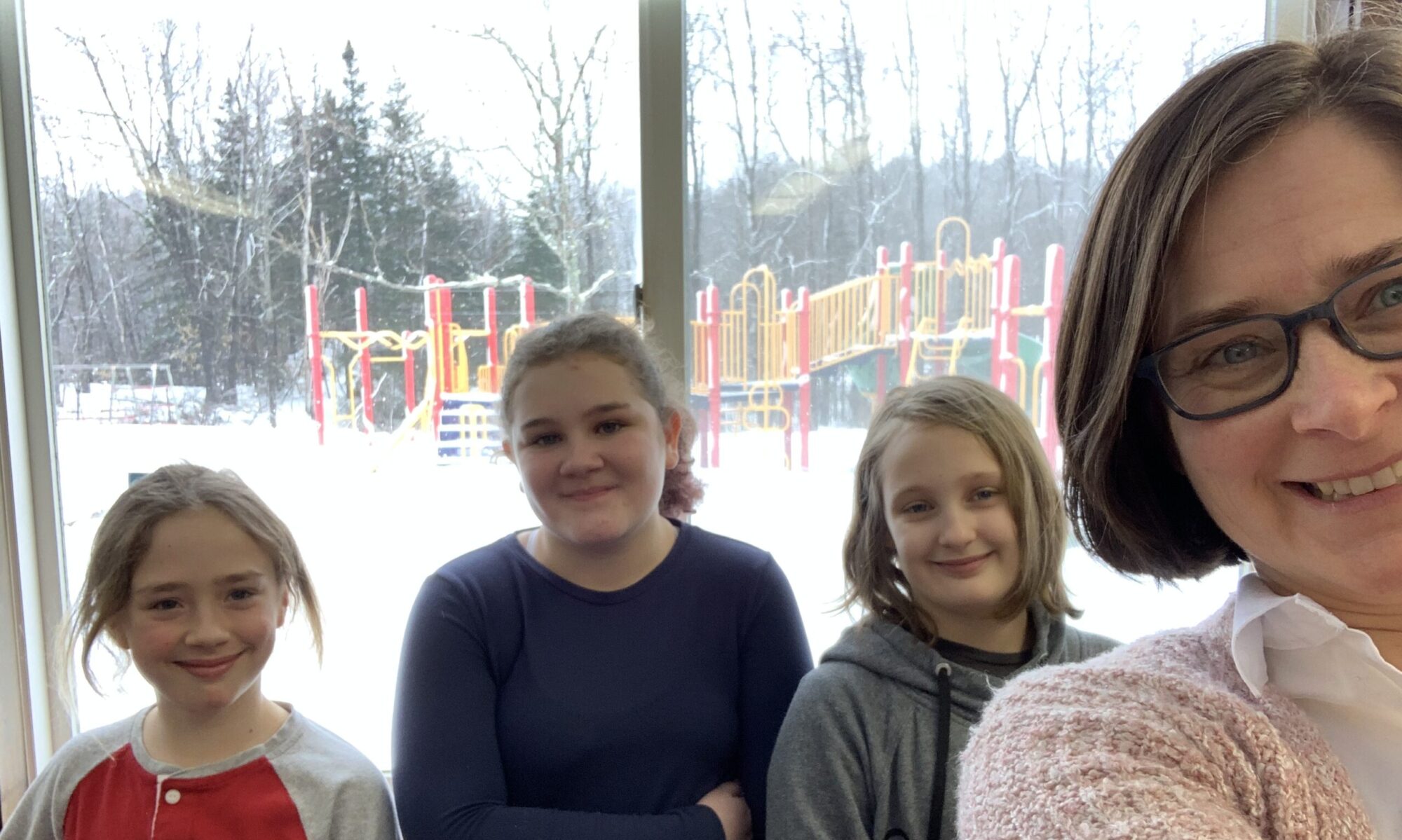


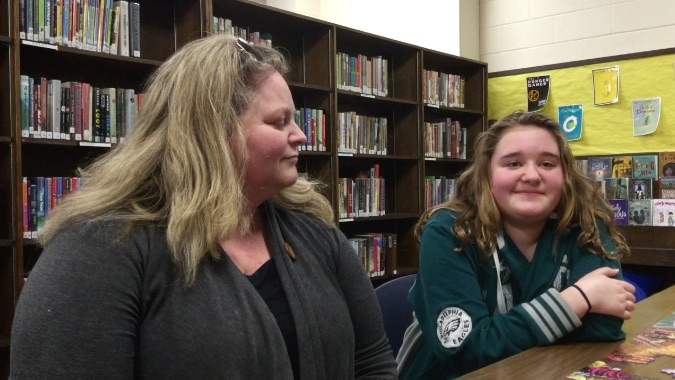
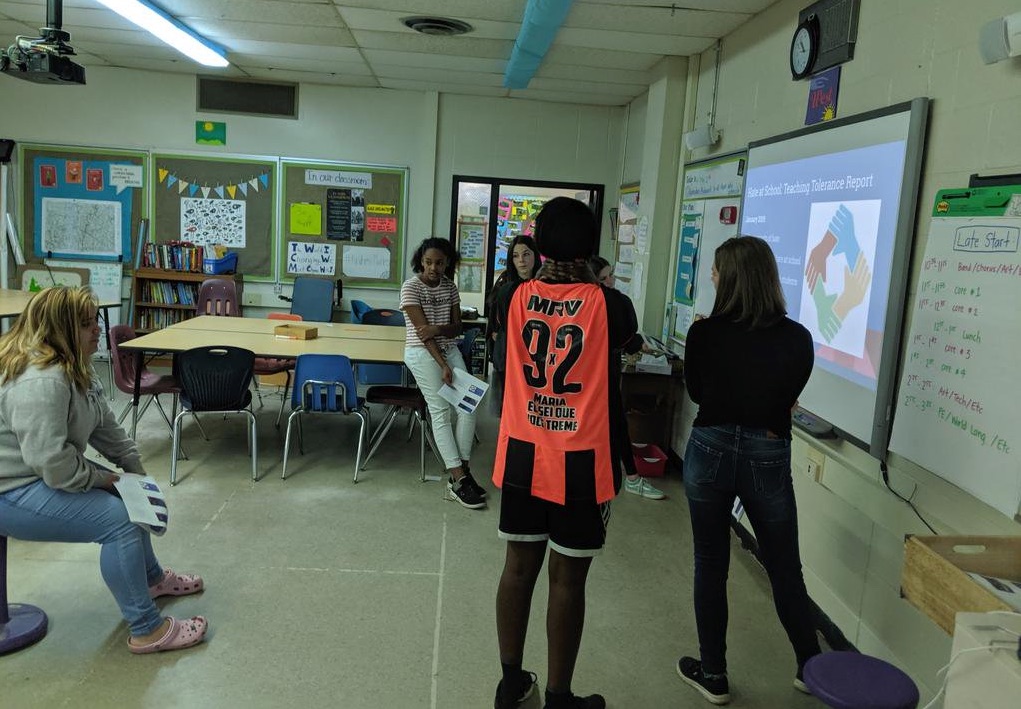
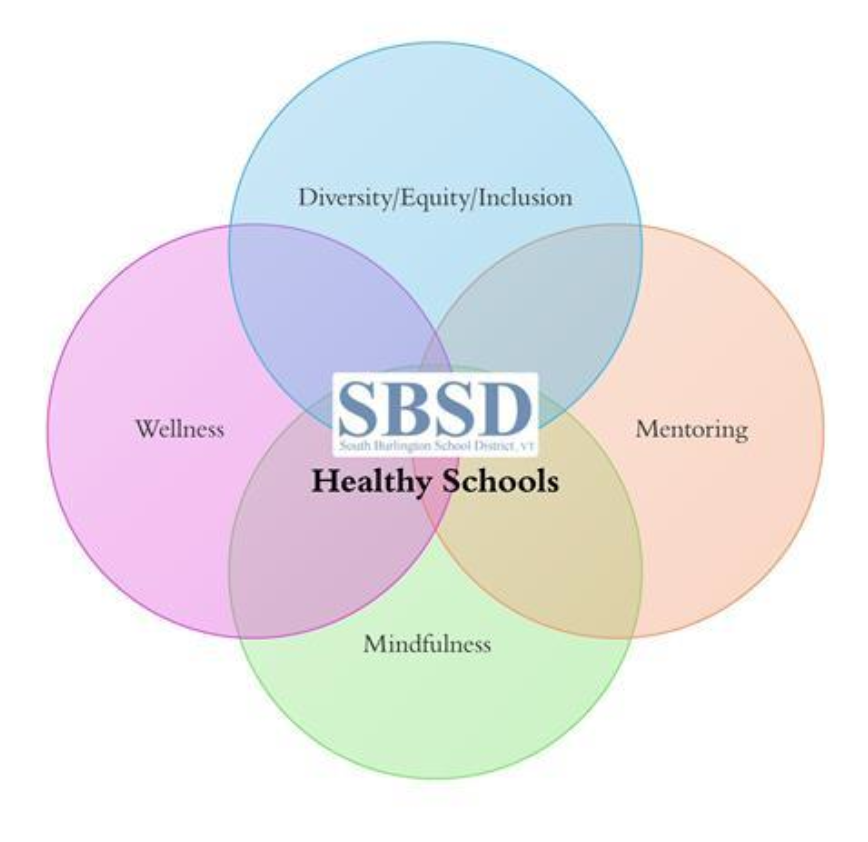
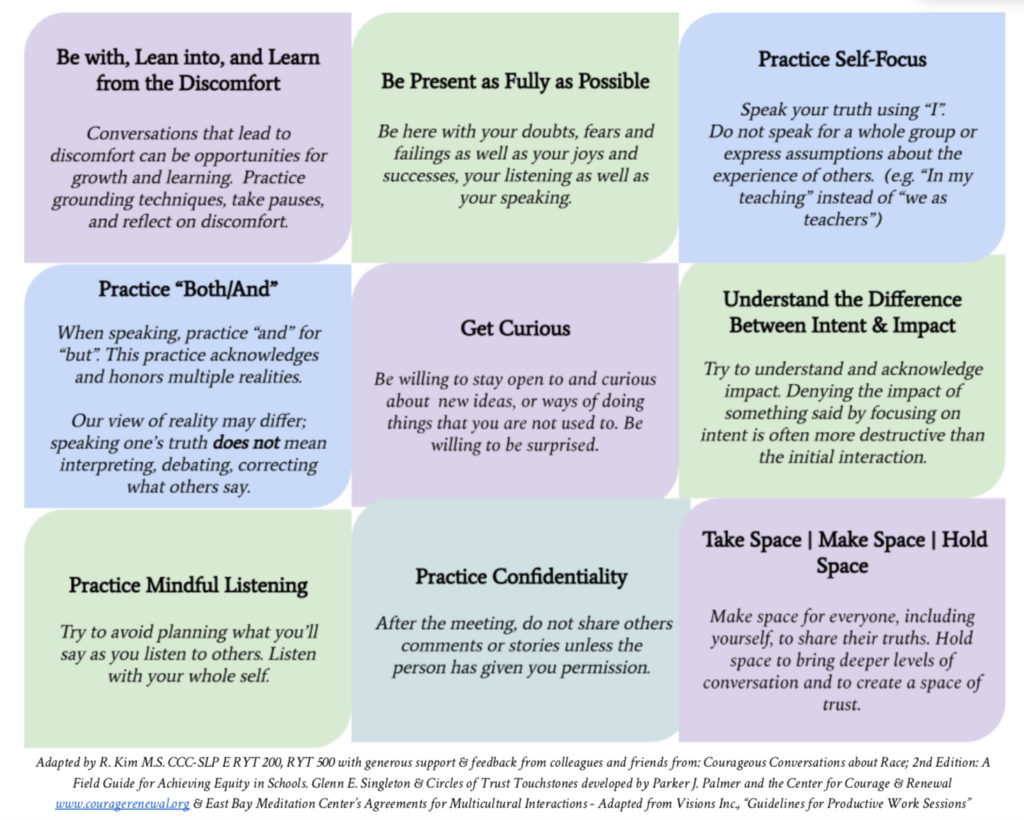
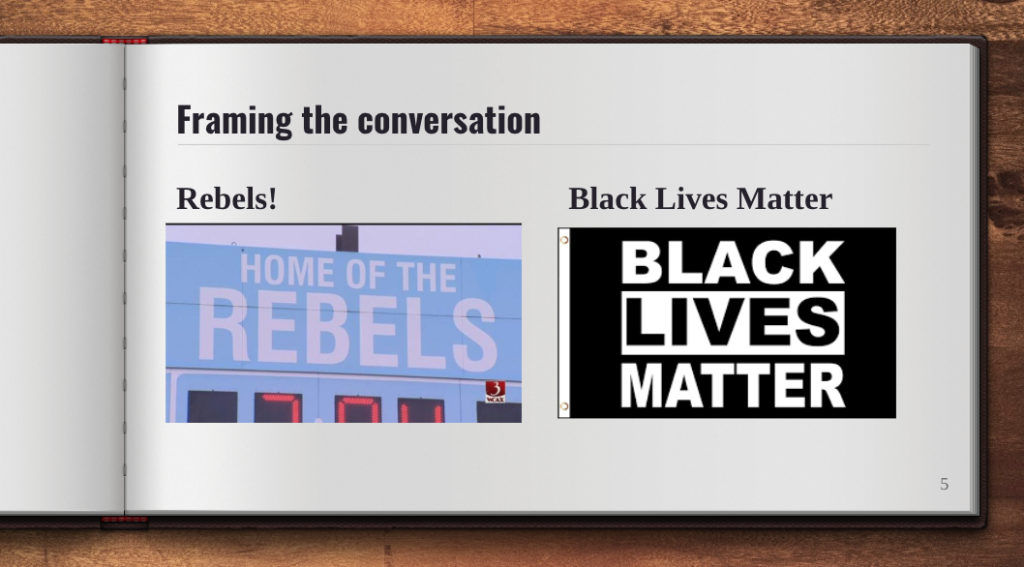


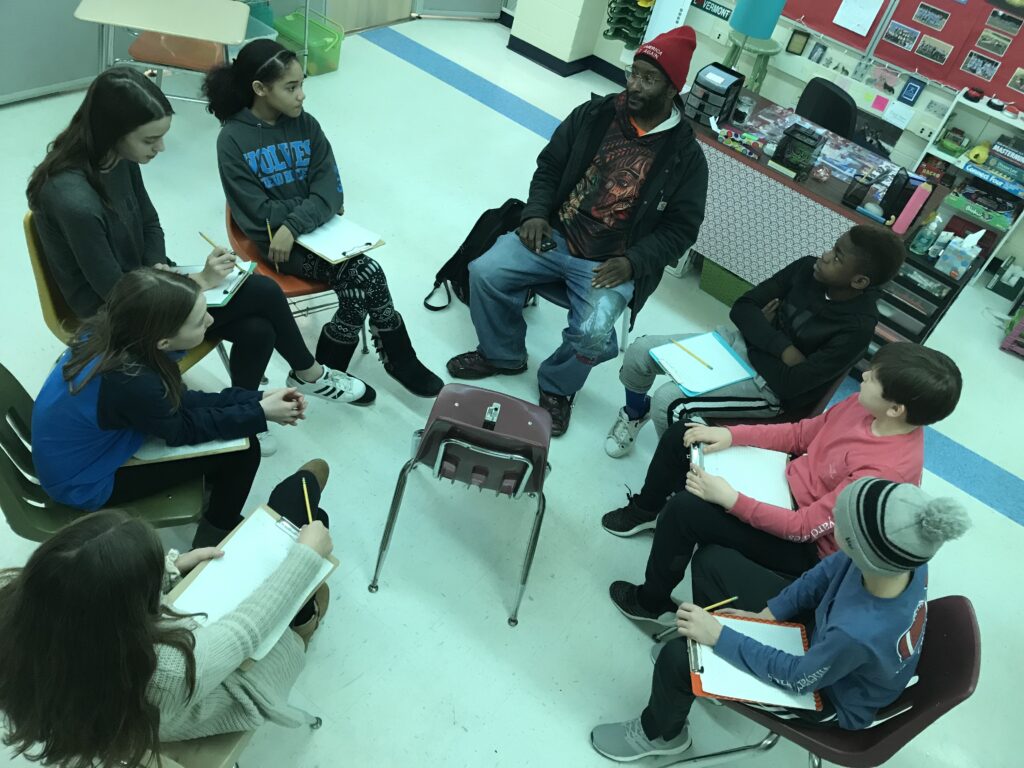
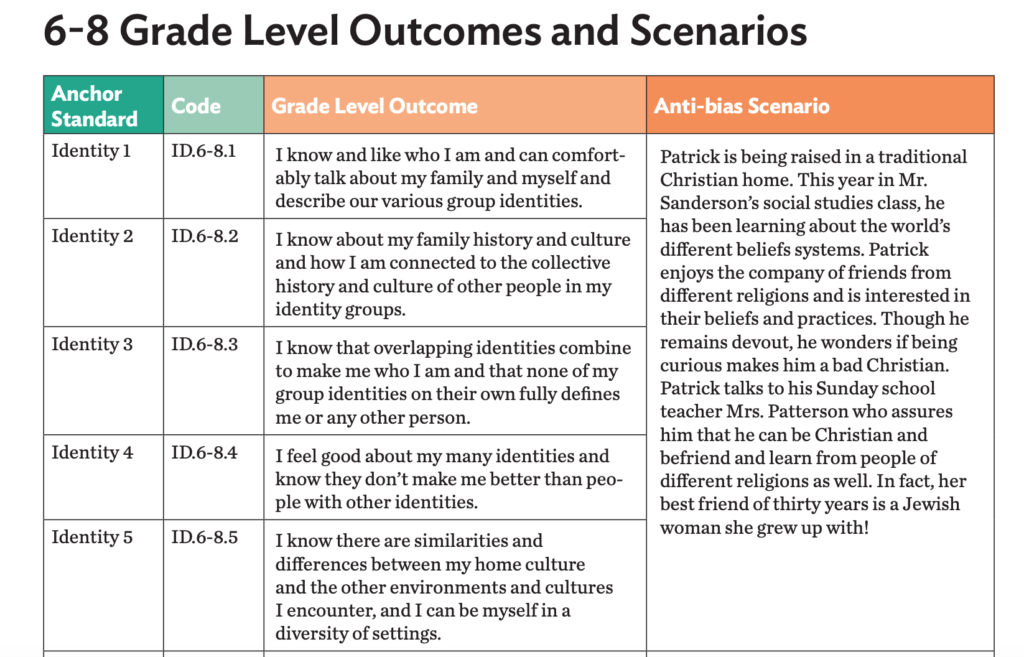
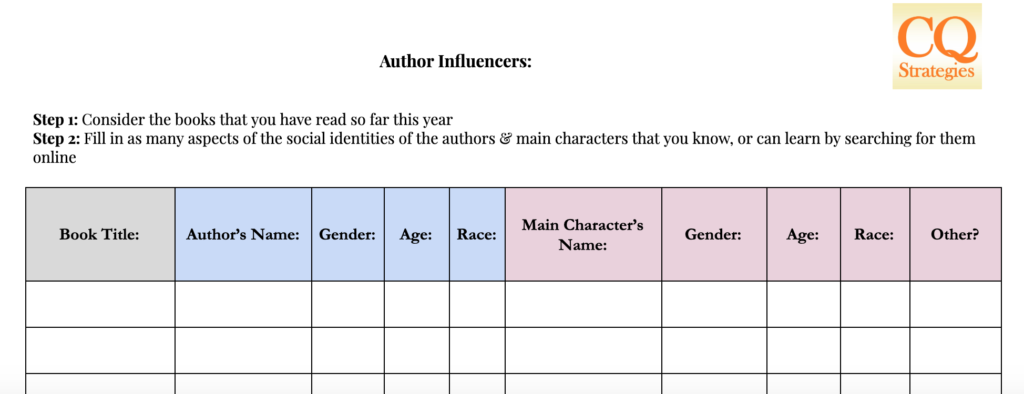

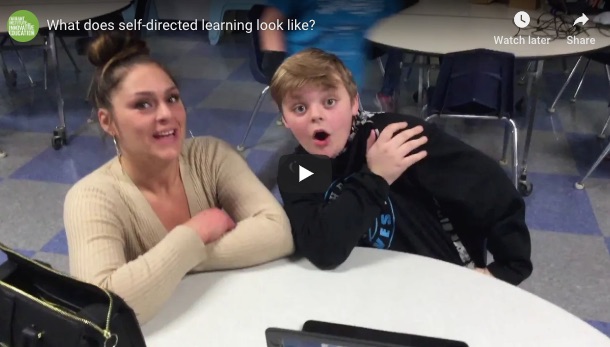


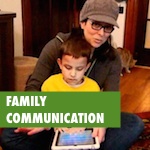
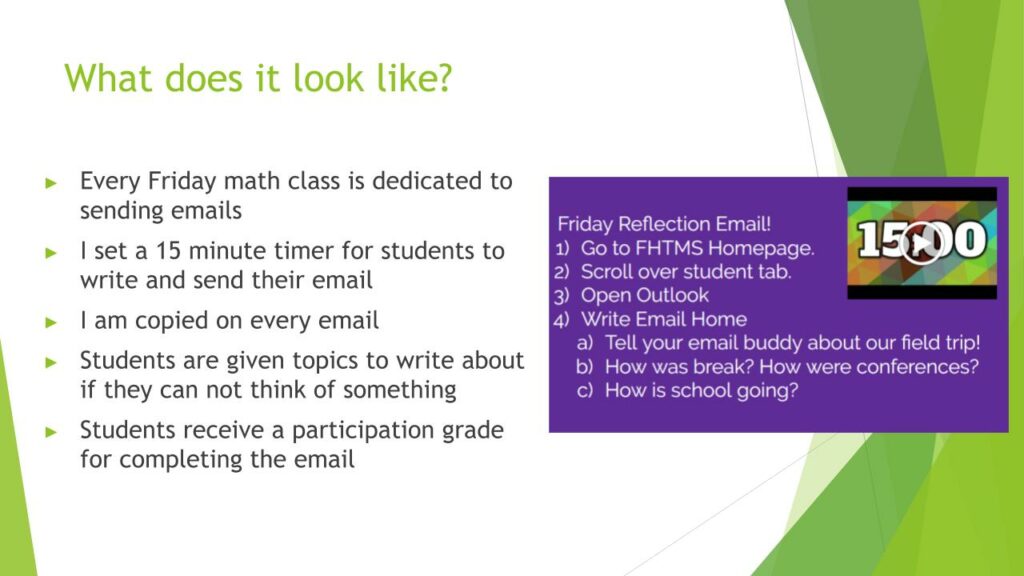
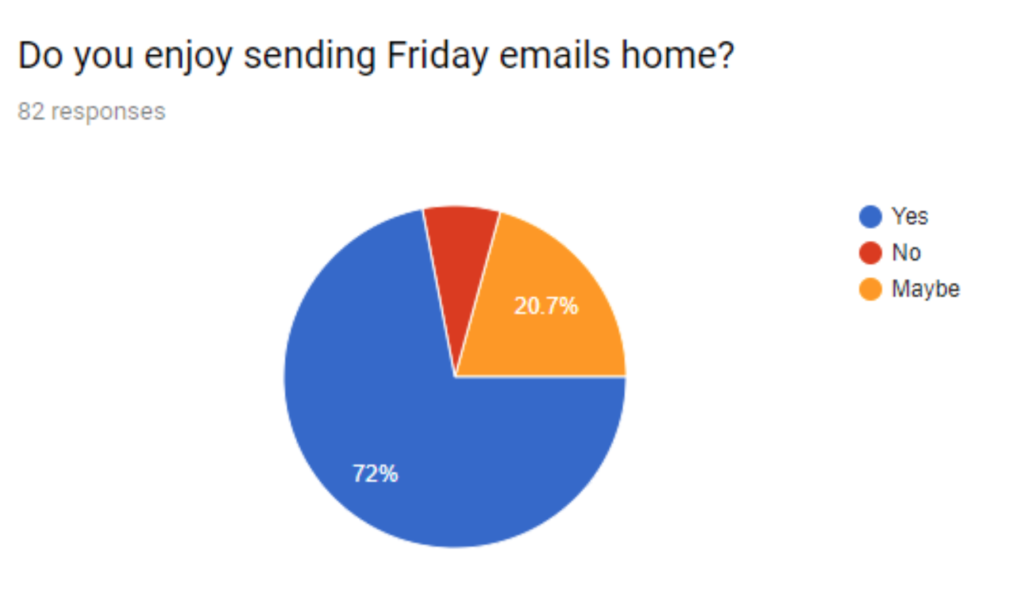
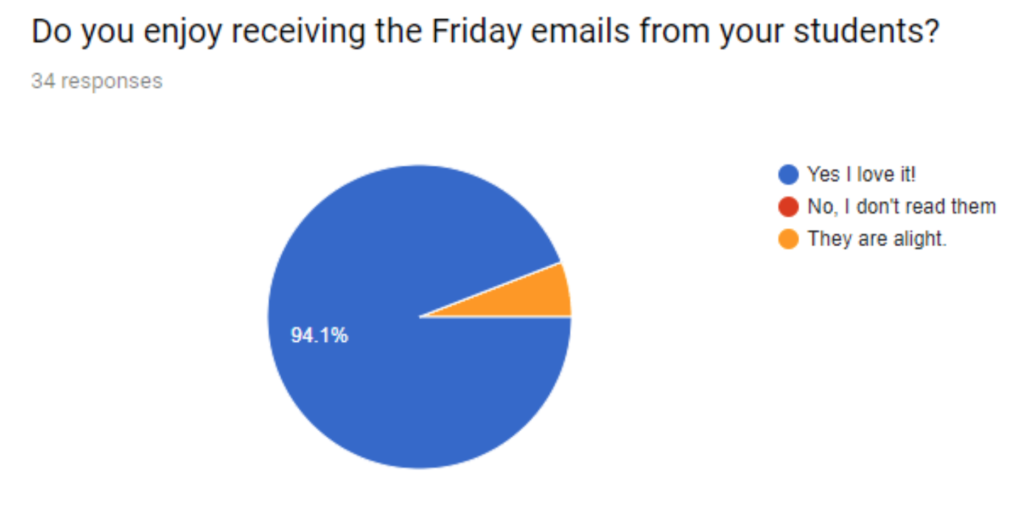 This comment on the survey seems to capture the parental gratitude:
This comment on the survey seems to capture the parental gratitude:!["Thank you so much for taking the time to create the weekly reflections with the kids. It's a wonderful glimpse into our child's week through his own words and memories. It seems harder these days to tease conversation about school out of him, this really gets the ball rolling around the dinner table. Thank you and keep them coming! [redacted]](https://tiie.w3.uvm.edu/blog/wp-content/uploads/2019/03/Screen-Shot-2019-03-11-at-1.57.58-PM-1024x123.png)


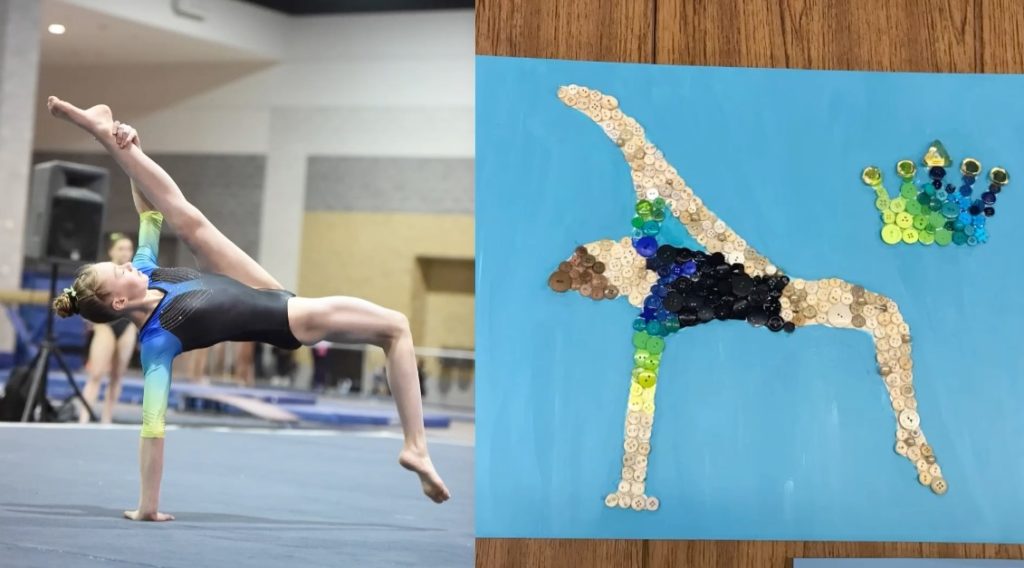
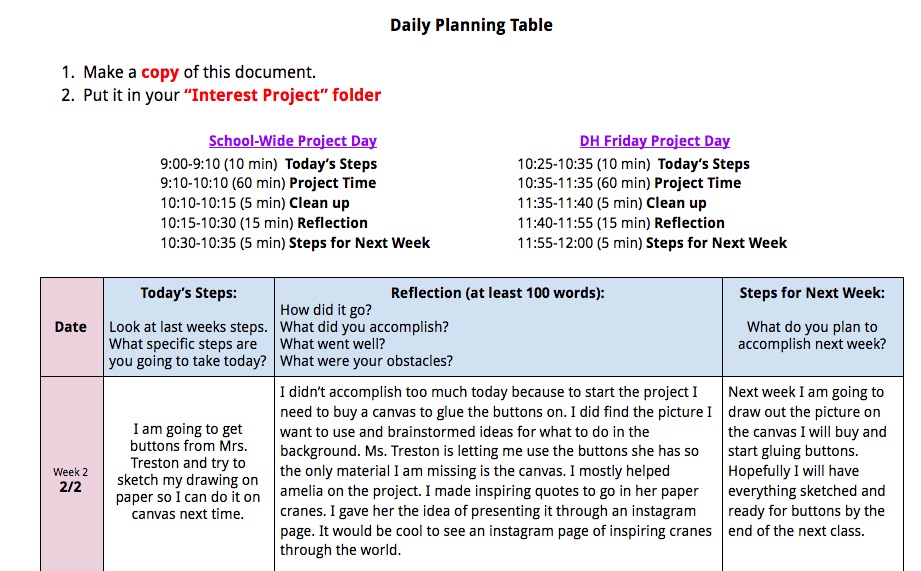
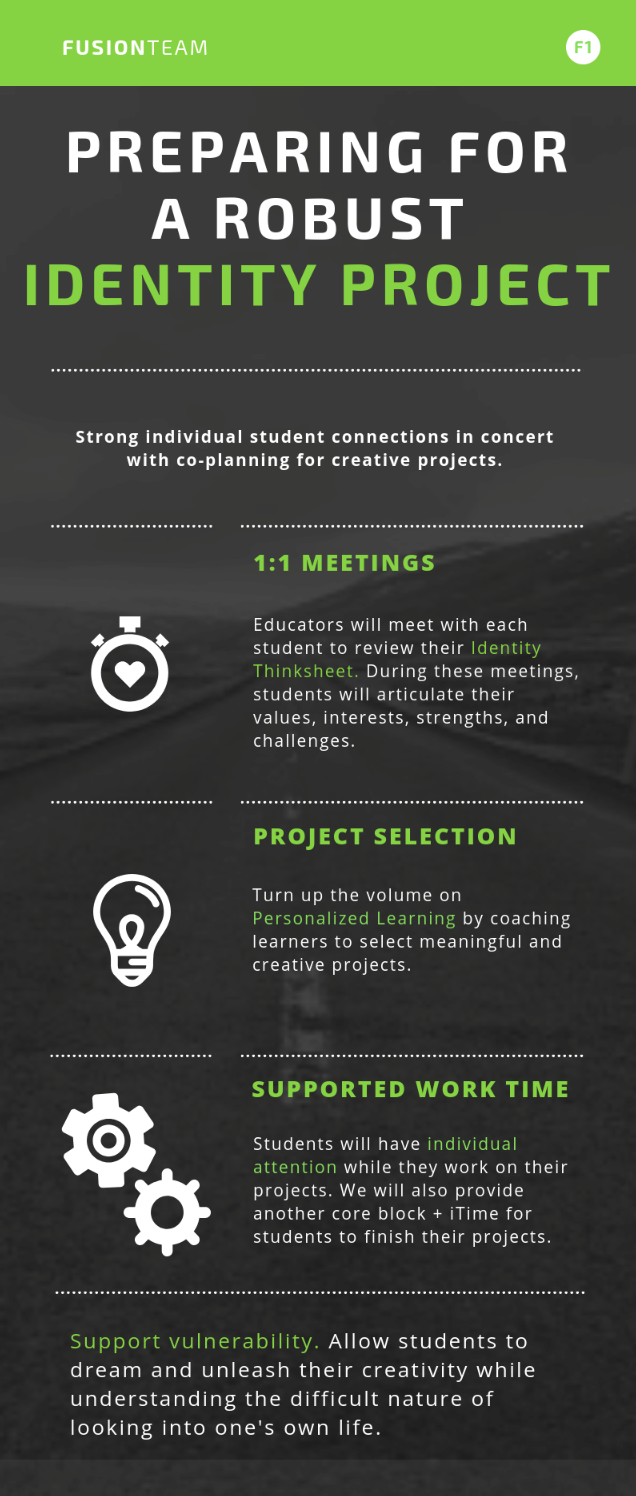
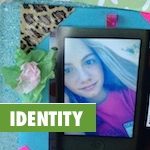
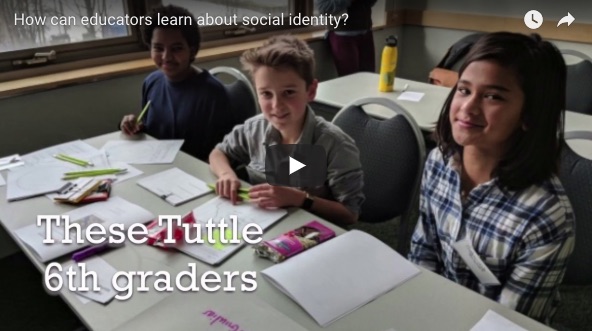
 When things get tough, the tough use tools.
When things get tough, the tough use tools.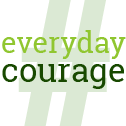 Last spring Christie Nold, a 6th grade teacher at Frederick H. Tuttle Middle School, was at Burlington’s Jazz Fest listening to student musicians when she got some disturbing news: someone had spray-painted racist hate speech on her school’s campus.
Last spring Christie Nold, a 6th grade teacher at Frederick H. Tuttle Middle School, was at Burlington’s Jazz Fest listening to student musicians when she got some disturbing news: someone had spray-painted racist hate speech on her school’s campus. 